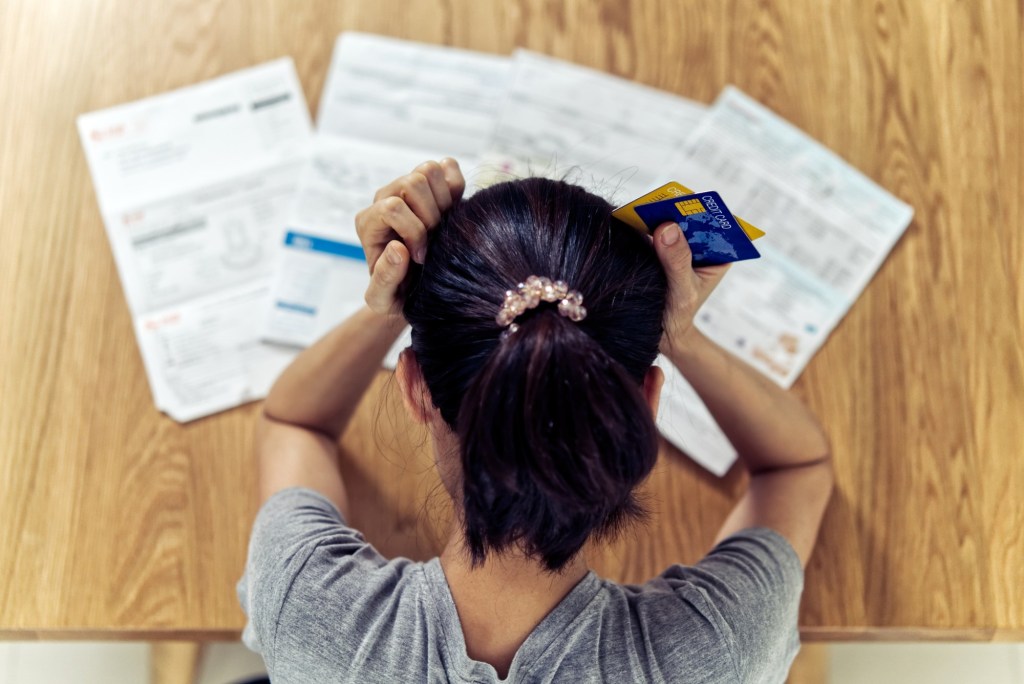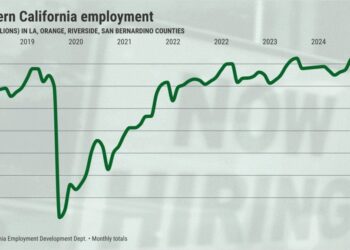After years of managing household budgets through the stress of the worst inflation in a generation, U.S. families are increasingly pressured by a different kind of financial squeeze: The cost of carrying debt.
Two years after the Federal Reserve began hiking interest rates to tame prices, delinquency rates on credit cards and auto loans are the highest in more than a decade. For the first time on record, interest payments on those and other non-mortgage debts are as big a financial burden for U.S. households as mortgage interest payments.
The figures suggest a difficult reality for the millions of consumers who are the engine of the U.S. economy: The era of high borrowing costs — however necessary to slow price increases — has a sting of its own that many families may feel for years to come, especially the ones that haven’t locked in cheap home loans. And the Fed, which meets next week for a policy decision, doesn’t appear poised to cut rates until later in 2024.
As monthly debt payments take up more of workers’ paychecks, those consumers are more exposed to potential economic contractions.
And the cost of money affects people’s perception of their own prosperity: A February paper from IMF and Harvard University researchers posits that the recent high cost of borrowing — which isn’t captured in inflation figures — is key to understanding why consumer sentiment remains lackluster even as inflation has moderated and businesses are hiring at a healthy pace.
That theory suggests the debt burden could be a drag on President Joe Biden’s reelection bid, with the economy consistently registering as a top concern at the ballot box.
Nikki Cimino, a 40-year-old recruiter living in Denver, said she finally saved up enough to buy a condo last year, but missed out on the ultra-low interest rates that had made homeownership more affordable in the early days of the pandemic. Her 5.25%…
Read the full article here







